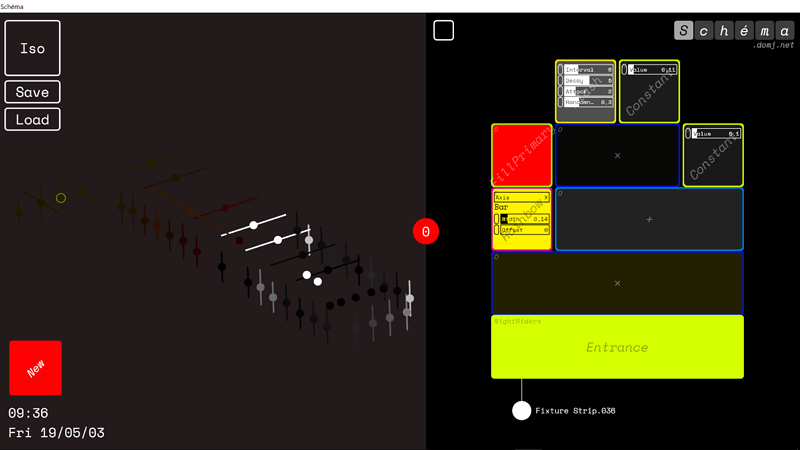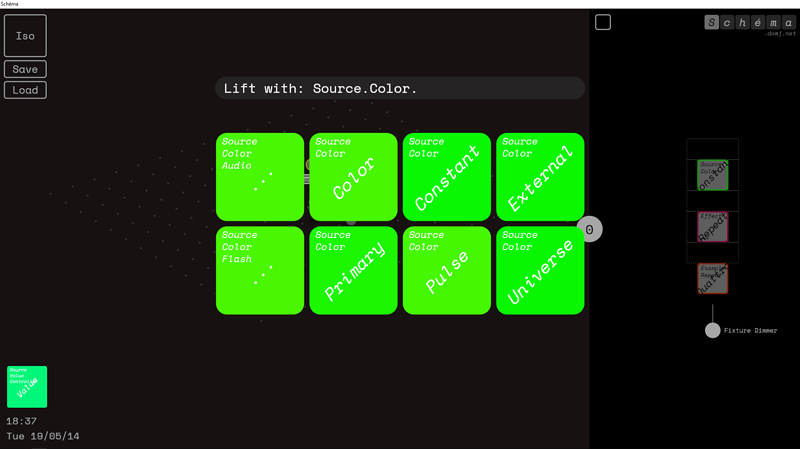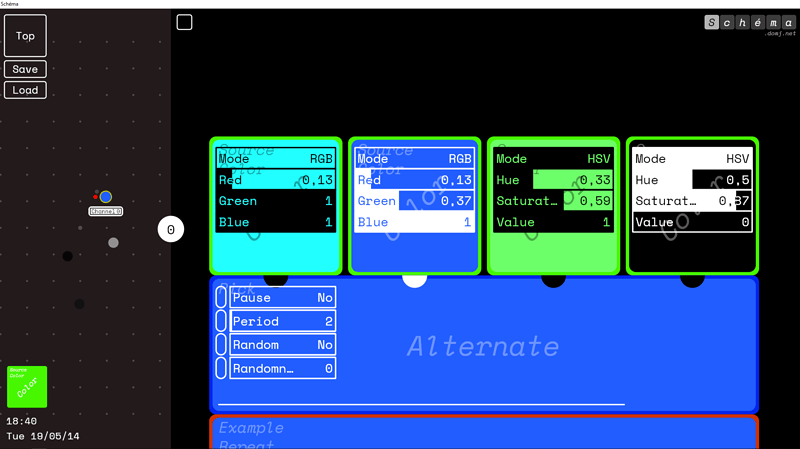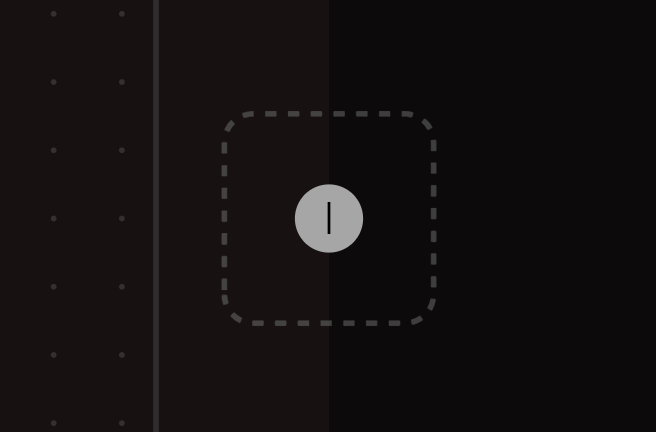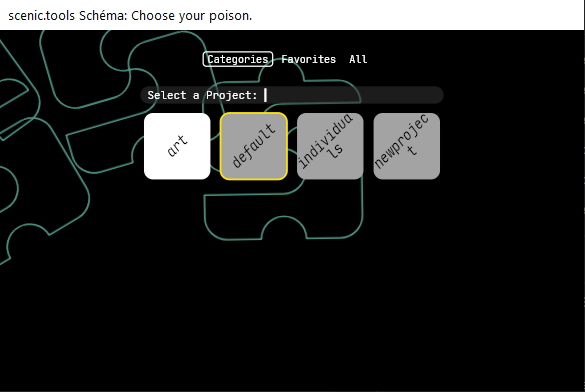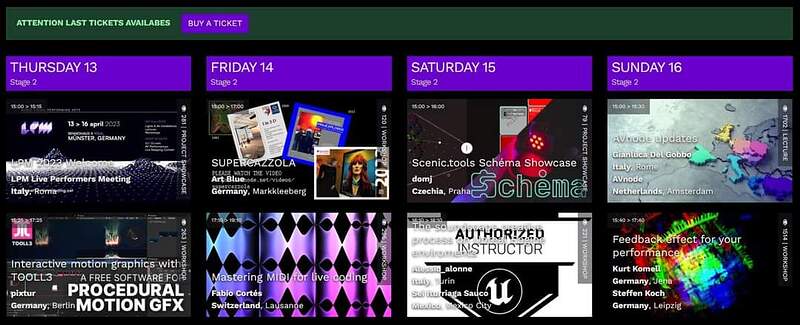@Elias Thanks a lot for the kind words, it means a lot to me coming from you and thanks again for helping especially with the memory leak issues and big thanks to the rest of the vvvv team for dealing with my silly questions and requests all the time.
At the moment I can hardly imagine doing a project of this scale at this speed in anything else but VL/vvvv, the runtime editing really speeds things up and supports a lot of experimentation and little tweaks while still delivering a proper .NET application. Sure I keep running into bugs here and there and some unfinishidness (such as missing recursion, instantiation by name and needing to use each class in a runtime patch if I want to deserialize it) and sometimes a runtime restart is needed but more often than not it’s smooth sailing. Using vvvv modules as fillin for features yet to be implemented natively is also brilliant and maybe by the time I have everything in VL, gamma might even support exe/assembly? output :)
Speaking of which, I’m still a bit unsure how to design a proper plugin architecture using VL. I can reference various documents, string them together and each injects its own stuff into the runtime (new Blocks, extra routines) but it still requires some extra manual patching effort on the side of the user. Ideally this would be just dynamic loading of assemblies from the patch itself and a common plugin entry point would be used to add functions. Will this be possible after gamma export or is it too far out? Or maybe it’s already quite possible and I’m just missing something?
Might be best to just talk about this stuff personally next time I join a meetup :)
@systray27 Thanks a lot! I’m keeping a close look at your VL.NewAudio library, the CV demo sounds pretty damn sweet already. I plan to eventually have Audio Blocks as well and a big part of the program is audio analysis which as of now runs from vvvv nodes but I do want to fully support gamma eventually. I was looking into NAudio as well and it looked promising so I’m really glad someone took up to make a proper VL library on top of it.
Also a little update might be in order, don’t have time to make a big video right now but here’s one with a few things that I’ve added very recently and think might be worth sharing. On top of some much needed cleanup of my convoluted experimental patches (of which I still have plenty to do) I’ve added:
- A grid in the Schematic view that helps with orientation (is isometric view you even get little fake shadows :) )
- A new Repeat block that can record and play back whatever you throw at it. The recorded states also get serialized and can be loaded back (automatically provided by VL). This does bloat up the XML file considerably though so I’ll need to come up with a custom solution. Might prefer to just ignore the pad for saving now but don’t see any way to do that without implementing my own serializer for this particular Block (which is low pri now). Bumping those serialization attributes discussed somewhere I guess. And maybe some On[De]Serialiaze methods could be nice as well.
- Extended Drivers to support Boolean properties as well. Now any Boolean property can be driven by Value generating Block Stacks as well. Boolean = Value > 0.5 but the threshold can be adjusted by moving the Driver mapping diamonds (it will always end up in the middle of them).
- Added a new progress feedback Block UI Element, which can be seen running on the new Repeat black. Also put it on Pick.Alternate.
- Visual feedback for a given aspect is provided on any Block that contains it (eg. you can see Color feedback even on generic non color specific blocks - picks and operators for example)
The video shows 4 light Fixtures all loaded with identical Block Stacks with Repeat and Constant blocks controlled by an MPD218 Midi Controller. The Record Driver is set up in such a way that it takes different pads depending on the Fixture’s channel.
Not seen in the video but also of note is the reworked Browser, now using the same Title drawing routines as Blocks for visual consistency and also now it understands categories, which work as folders. Pressing Esc goes back a level. The placement and styling of the textual prompt has also been improved.
And now it’s also finally possible to define your own groups via the UI just by typing the new name in the Browser and pressing Enter (it wasn’t before).

